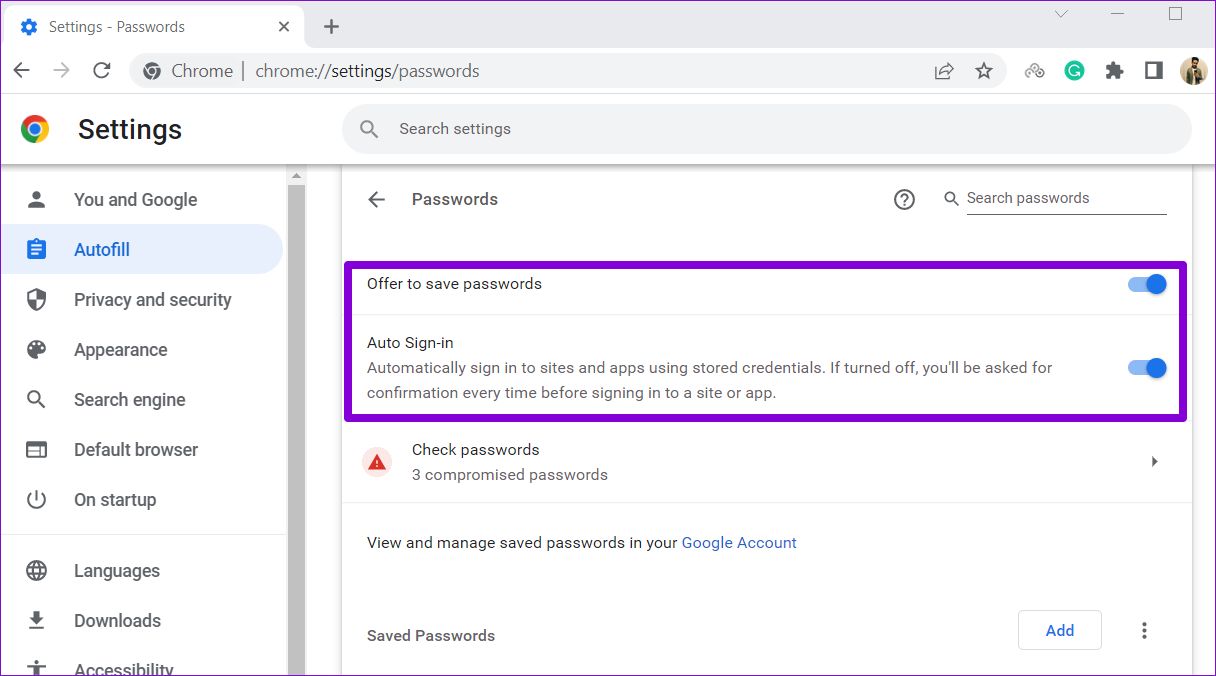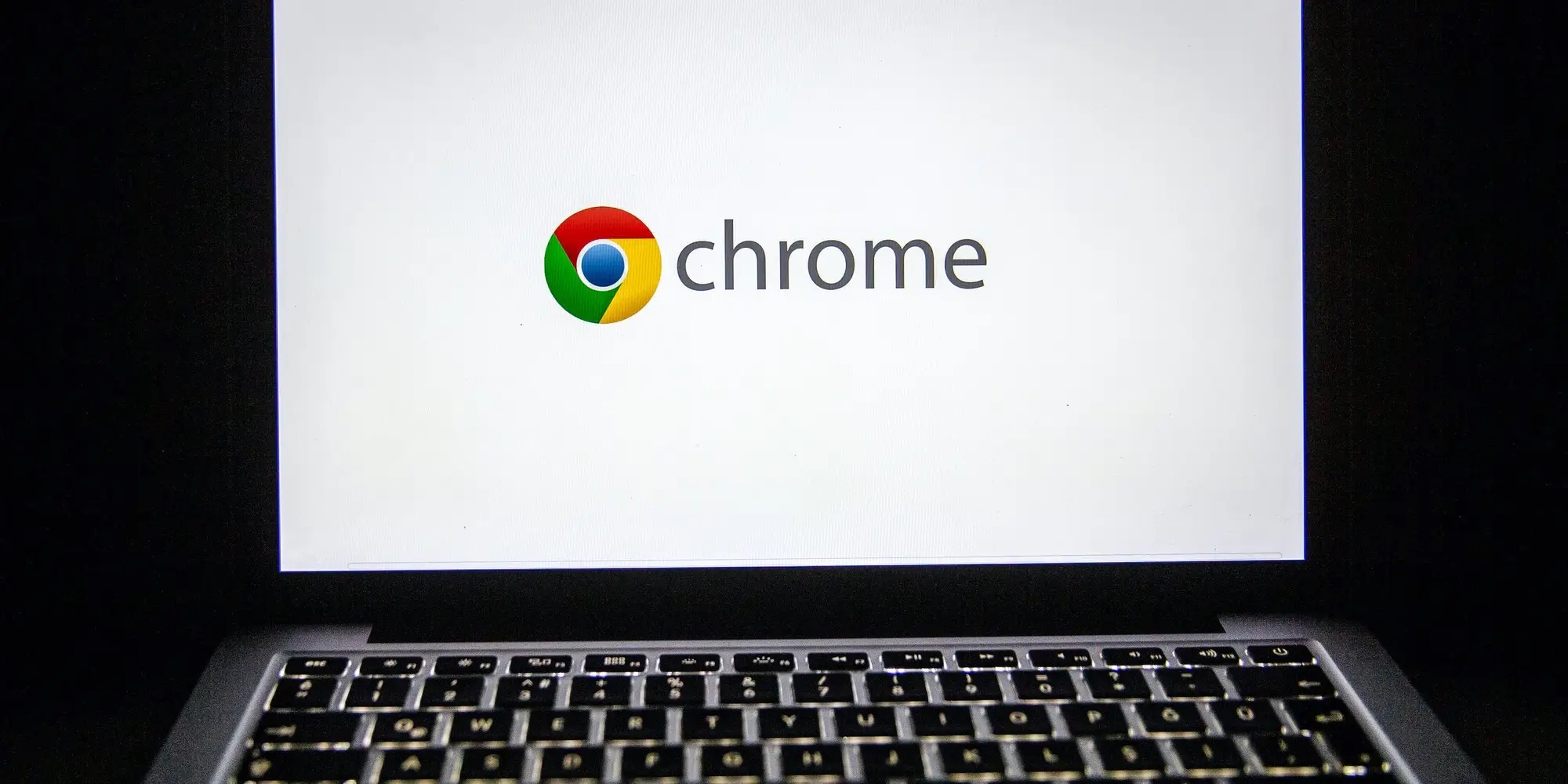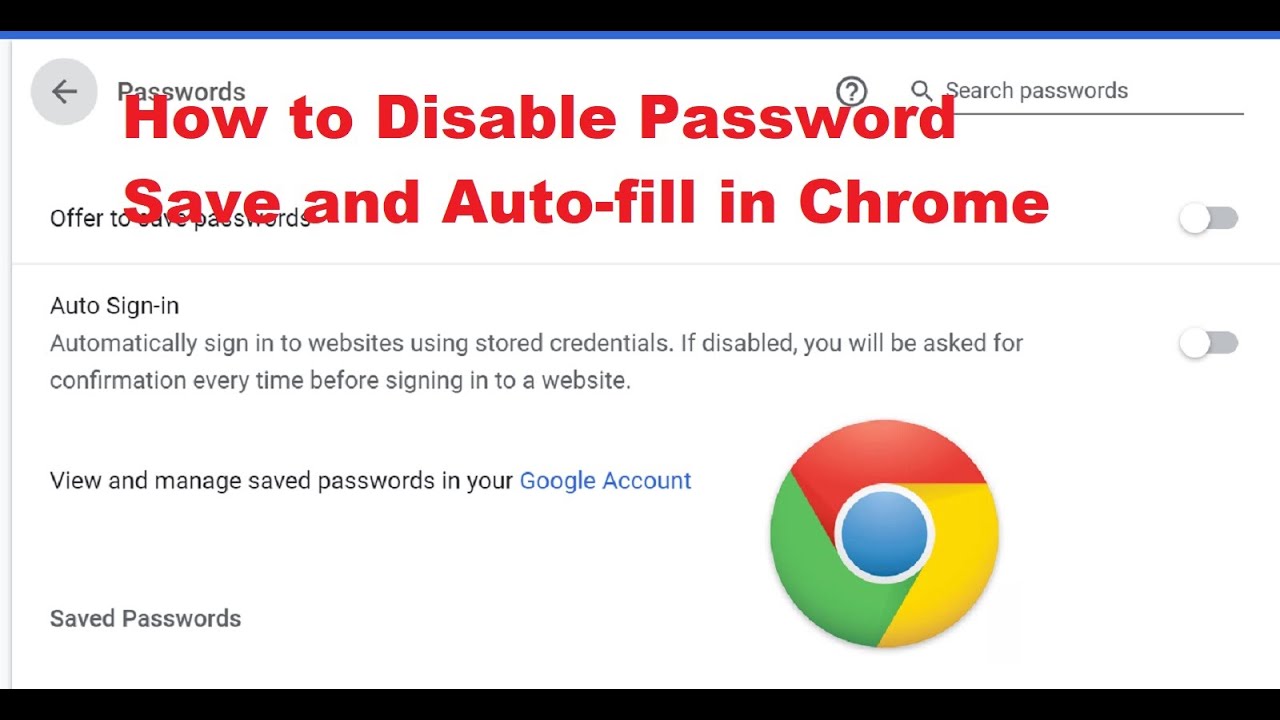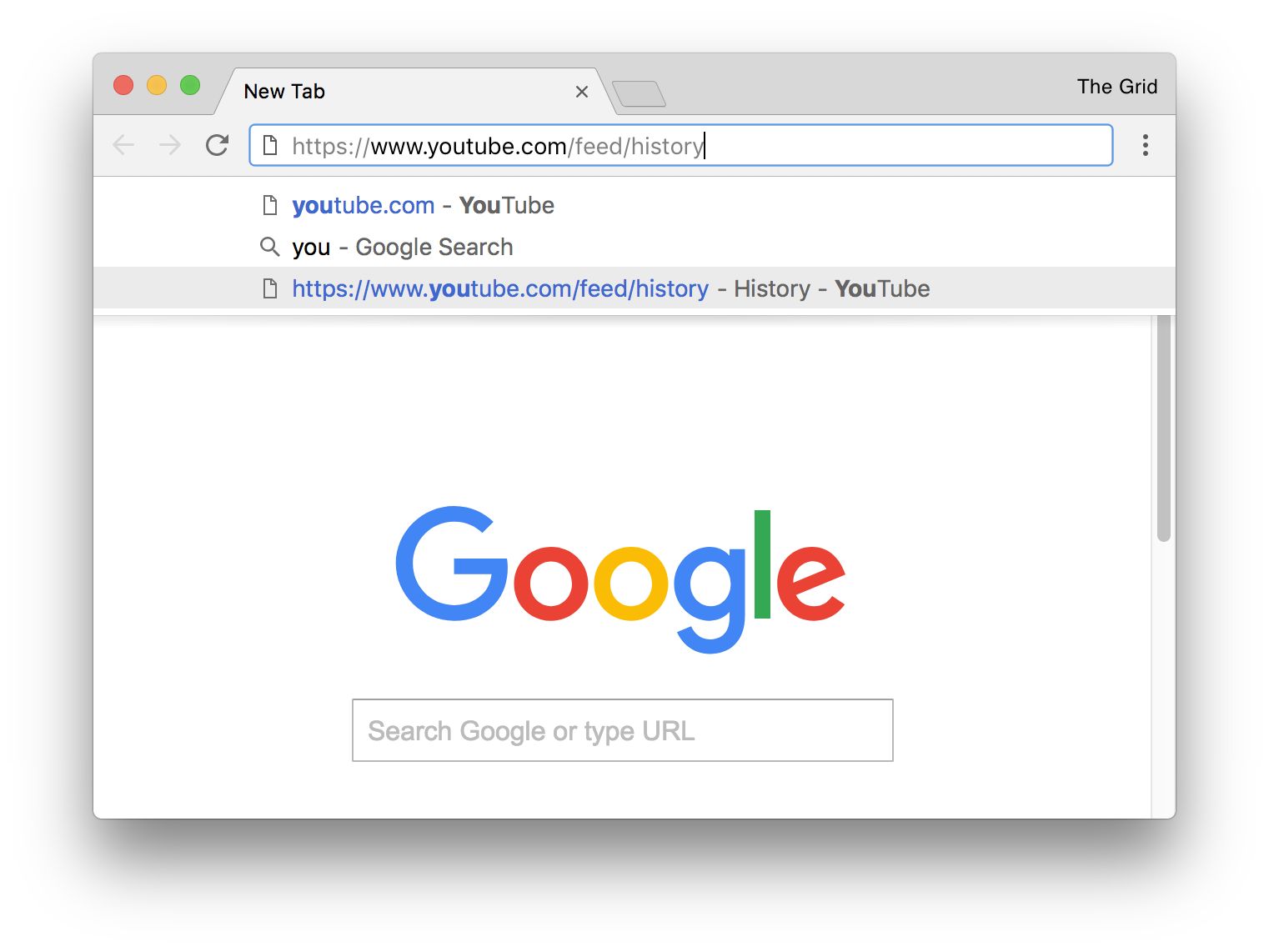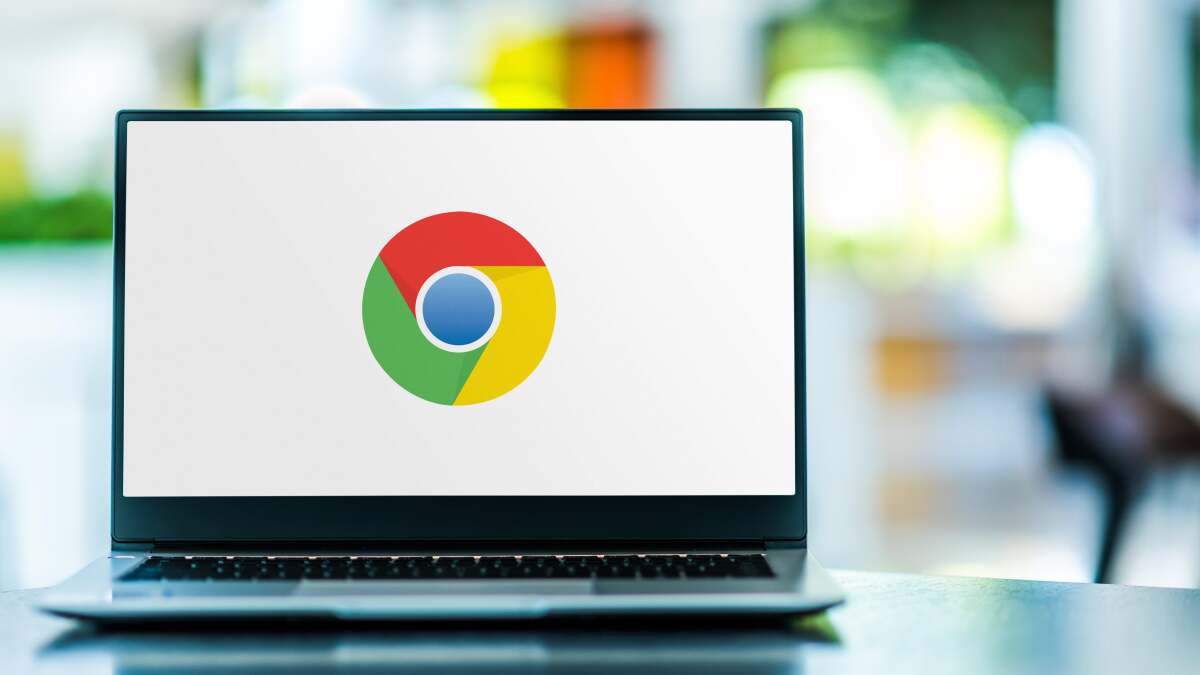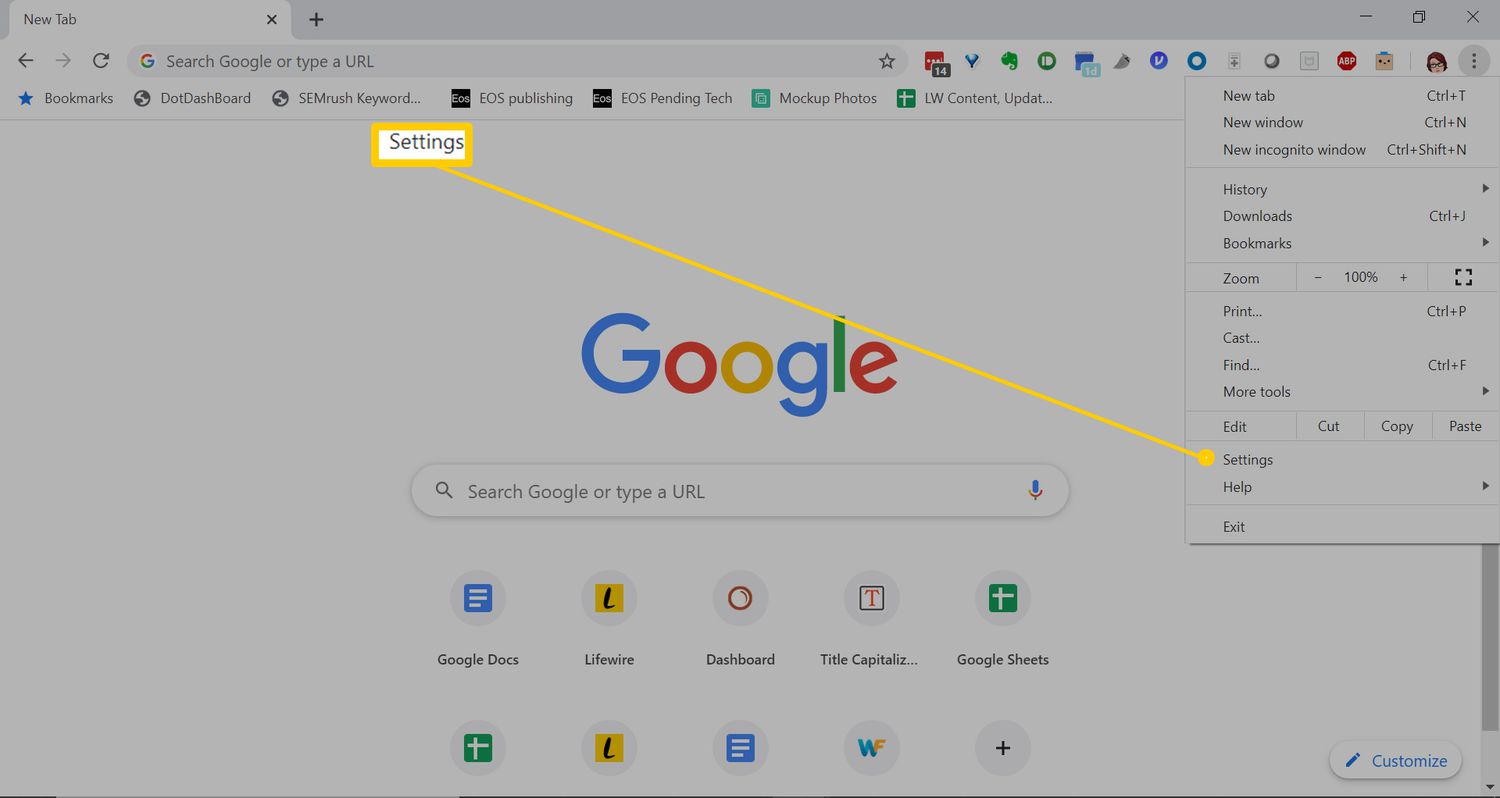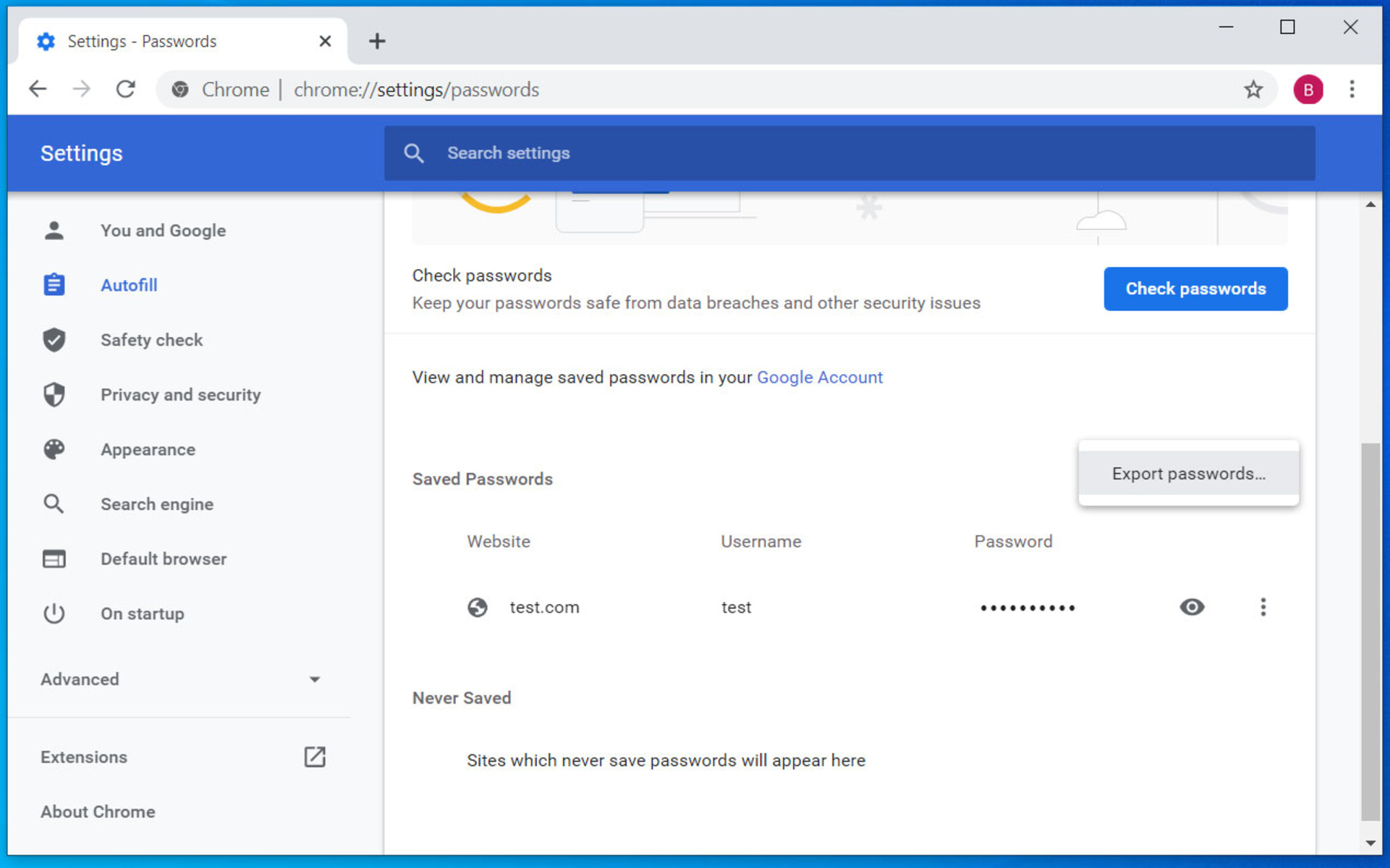Introduction
Google Chrome is a widely used web browser known for its user-friendly interface and a plethora of features designed to enhance the browsing experience. One such feature is autofill, which conveniently populates forms and login fields with saved information, saving time and effort. While this can be incredibly convenient, there are instances where users may prefer to disable this function. Whether it's for privacy reasons, security concerns, or simply personal preference, knowing how to turn off autofill on Google Chrome can be invaluable.
In this article, we will delve into the process of disabling the autofill feature on Google Chrome. By following the simple steps outlined in this guide, you can regain control over your browsing experience and customize your autofill settings to suit your individual needs. Whether you're a privacy-conscious user looking to limit the automatic input of personal information or simply seeking to streamline your browsing habits, understanding how to manage autofill settings in Chrome is a valuable skill.
So, if you've ever found yourself frustrated by autofill completing forms with outdated or incorrect information, or if you simply prefer to manually enter your details for security reasons, this guide is for you. Let's explore the steps to access Chrome settings and disable the autofill feature, empowering you to take full control of your browsing experience.
Accessing Chrome Settings
Accessing the settings in Google Chrome is the first step towards customizing your browsing experience, including managing the autofill feature. Whether you're using Chrome on a desktop or mobile device, the process of accessing settings remains consistent. Here's how to access Chrome settings on both platforms:
Desktop:
-
Using the Menu:
- Click on the three-dot menu icon located in the top-right corner of the browser window.
- From the dropdown menu, select "Settings." This will open a new tab with the browser settings.
-
Direct URL:
- Alternatively, you can type "chrome://settings/" in the address bar and press Enter. This will directly open the settings page.
-
Keyboard Shortcut:
- For those who prefer keyboard shortcuts, pressing "Alt + E" on Windows or "Option + Command + S" on Mac will also open the settings tab.
Mobile:
-
Using the Menu:
- Tap on the three-dot menu icon in the top-right corner of the browser window.
- From the menu, select "Settings."
-
Direct URL:
- You can also type "chrome://settings/" in the address bar and tap Go to access the settings directly.
Once you've accessed the settings, you'll be presented with a range of options to customize your browsing experience. From managing privacy and security settings to customizing the appearance of the browser, the settings page serves as a central hub for tailoring Chrome to your preferences.
By familiarizing yourself with the process of accessing Chrome settings, you're one step closer to taking control of your browsing experience. With the settings at your fingertips, you can effortlessly navigate through the various options and make adjustments that align with your individual needs and preferences.
Now that you've successfully accessed the Chrome settings, the next step is to navigate to the autofill section and customize the autofill settings according to your preferences. Let's proceed to the next section to explore the process of turning off the autofill feature in Google Chrome.
Turning Off Autofill
Disabling the autofill feature in Google Chrome is a straightforward process that allows you to regain control over the automatic population of forms and login fields. Whether you're looking to enhance privacy, streamline your browsing experience, or simply prefer to manually input your information, turning off autofill can be accomplished through the following steps:
Desktop:
-
Access Autofill Settings:
- Once you've accessed the Chrome settings using one of the methods outlined in the previous section, navigate to the "Autofill" section. This can typically be found in the left-hand sidebar of the settings page.
-
Manage Autofill Data:
- Within the Autofill section, you'll find options to manage various types of autofill data, including addresses, payment methods, and passwords. To disable autofill for a specific category, simply toggle off the corresponding switch.
-
Clear Autofill Data:
- If you have existing autofill data that you'd like to remove, Chrome provides the option to clear this information. By clicking on "Addresses and more" or "Payment methods," you can review and delete any saved data that you no longer wish to be automatically filled in.
Mobile:
-
Access Autofill Settings:
- Similarly, on the mobile version of Chrome, you can access the autofill settings by tapping on the three-dot menu icon, selecting "Settings," and then navigating to the "Autofill forms" section.
-
Manage Autofill Data:
- Within the Autofill forms section, you'll find options to manage saved addresses and payment methods. To disable autofill for these categories, simply toggle off the corresponding switches.
-
Clear Autofill Data:
- If you wish to clear existing autofill data on your mobile device, Chrome allows you to review and delete saved information by tapping on the respective categories and removing any outdated or unwanted entries.
By following these steps, you can effectively turn off the autofill feature in Google Chrome, giving you greater control over the input of personal information and login credentials. Whether you're concerned about privacy, prefer to manually input data for security reasons, or simply want to streamline your browsing experience, customizing the autofill settings empowers you to tailor Chrome to your individual preferences.
With the autofill feature disabled, you can enjoy a more personalized and intentional approach to form completion and login fields, ensuring that you have full control over the information entered into websites and online platforms. This level of customization not only enhances your browsing experience but also provides peace of mind knowing that you have the autonomy to manage your autofill preferences according to your unique needs and preferences.
Conclusion
In conclusion, mastering the art of turning off autofill on Google Chrome empowers users to take control of their browsing experience. By accessing the Chrome settings and navigating to the autofill section, individuals can customize their autofill preferences to align with their unique needs and preferences. Whether it's for privacy concerns, security considerations, or simply a desire for more intentional form completion, the ability to disable autofill provides a valuable level of customization within the browser.
By following the step-by-step process outlined in this guide, users can confidently manage their autofill settings, toggling off specific categories such as addresses, payment methods, and passwords. This level of control ensures that personal information is not automatically populated in forms and login fields, offering peace of mind and a heightened sense of security.
Furthermore, the option to clear existing autofill data provides an additional layer of customization, allowing users to review and remove outdated or unwanted information from their autofill records. This proactive approach to managing autofill data ensures that only relevant and current information is utilized, contributing to a more streamlined and efficient browsing experience.
Ultimately, the ability to turn off autofill on Google Chrome represents a significant aspect of personalizing the browsing experience. It grants users the autonomy to decide how their information is entered and utilized, promoting a sense of empowerment and control within the digital realm. Whether it's on a desktop or mobile device, the process of disabling autofill remains accessible and user-friendly, catering to a diverse range of preferences and needs.
By understanding and implementing these steps, users can embrace a more intentional and tailored approach to browsing, free from the constraints of automatic form completion. This level of customization not only enhances privacy and security but also fosters a more personalized and user-centric browsing experience.
In essence, the ability to turn off autofill on Google Chrome underscores the browser's commitment to user empowerment and customization, allowing individuals to navigate the digital landscape on their own terms. With the knowledge and tools to manage autofill settings, users can confidently shape their browsing experience, ensuring that it aligns with their unique preferences and priorities.







